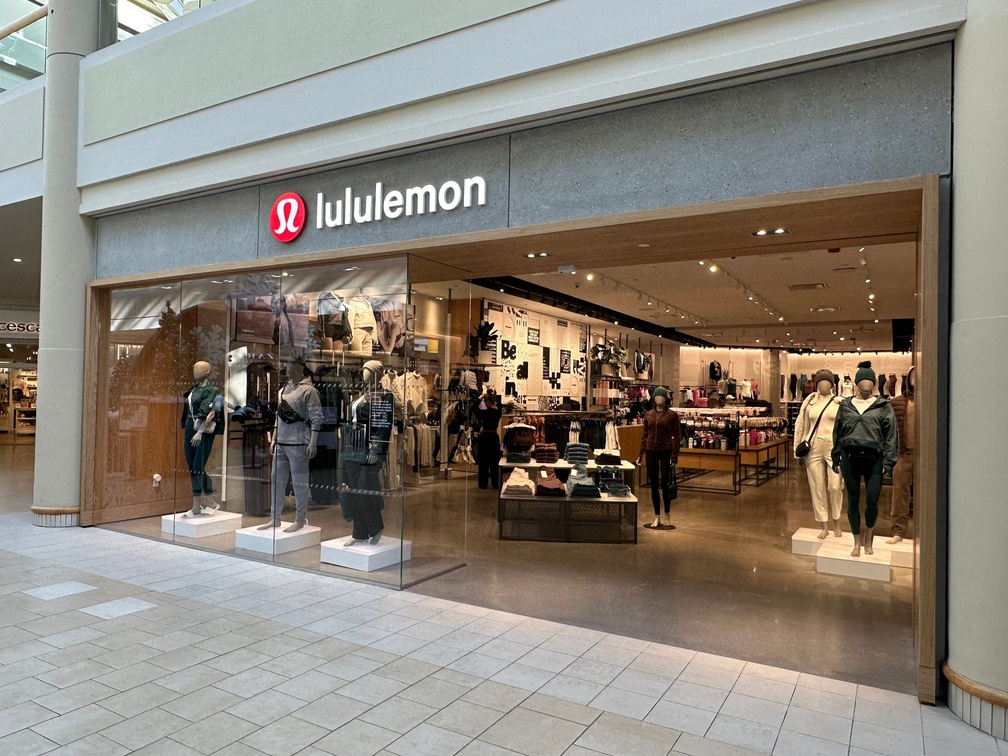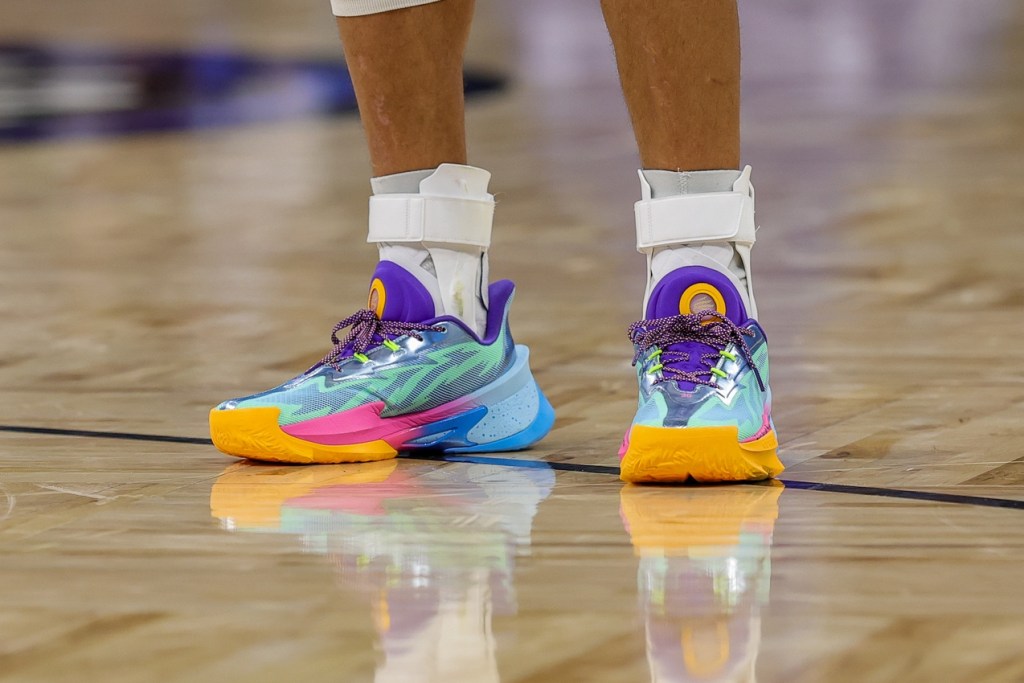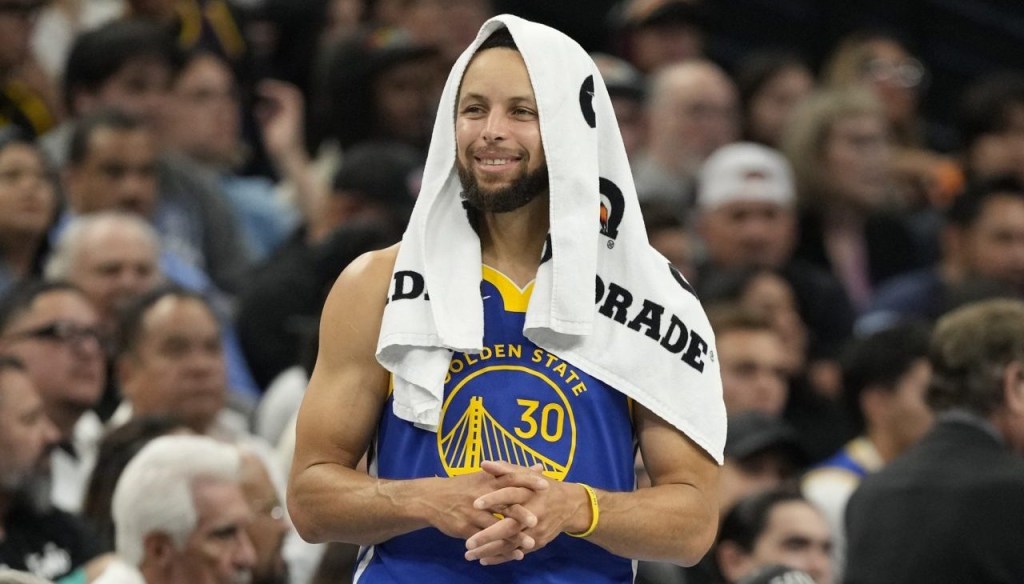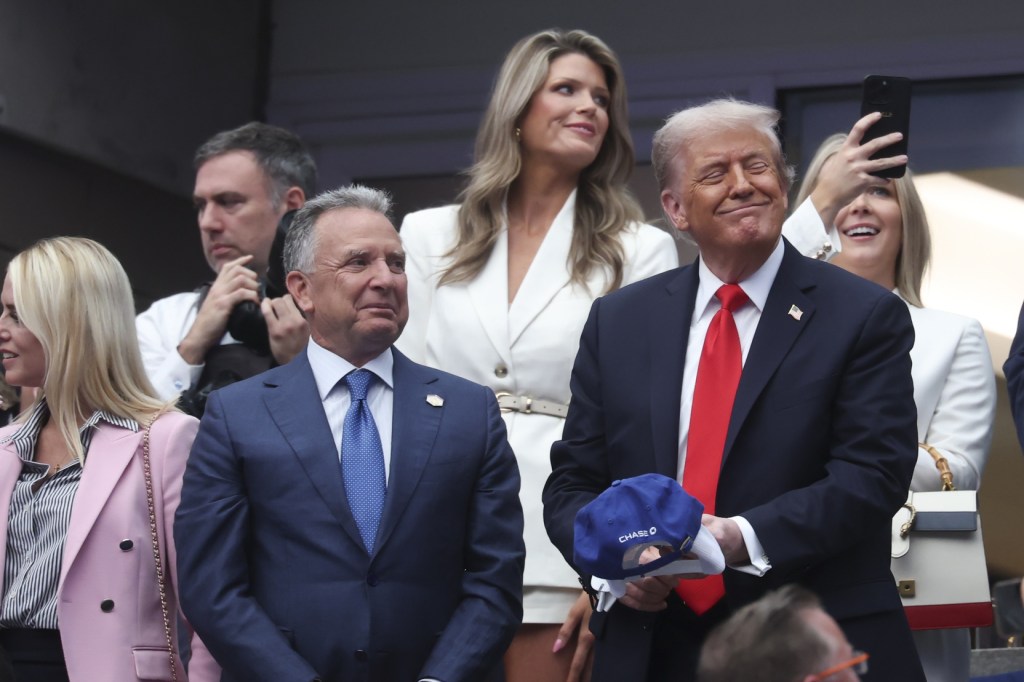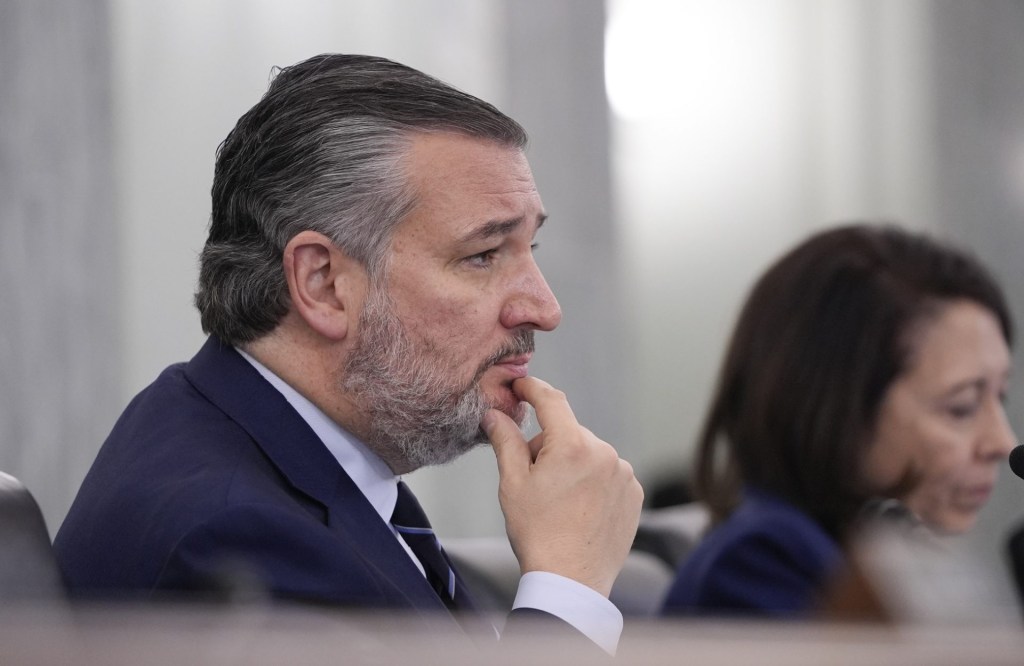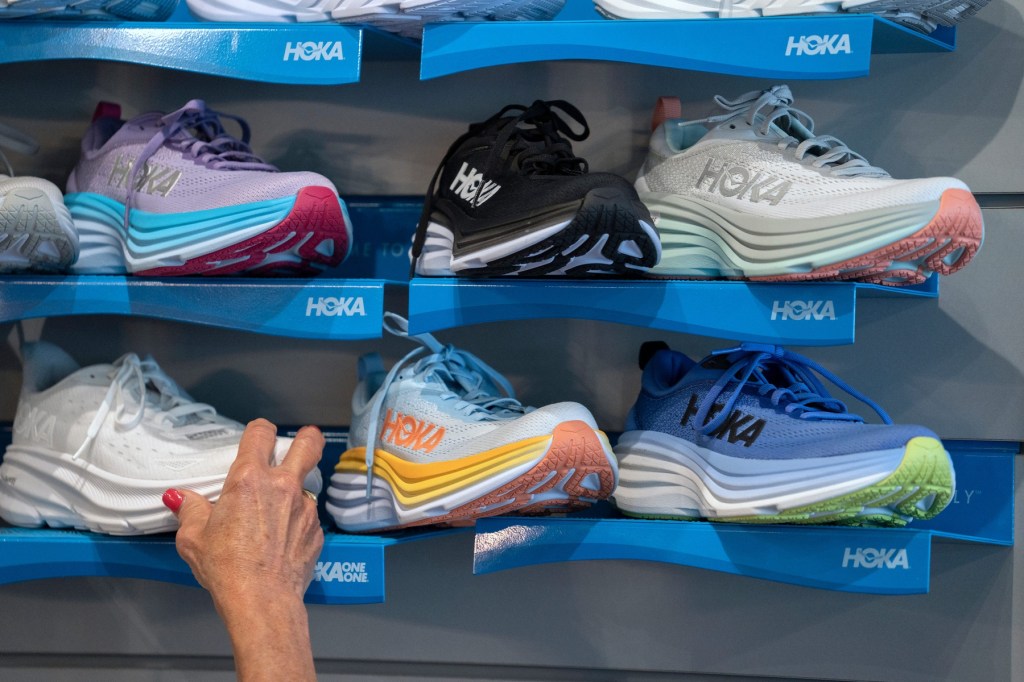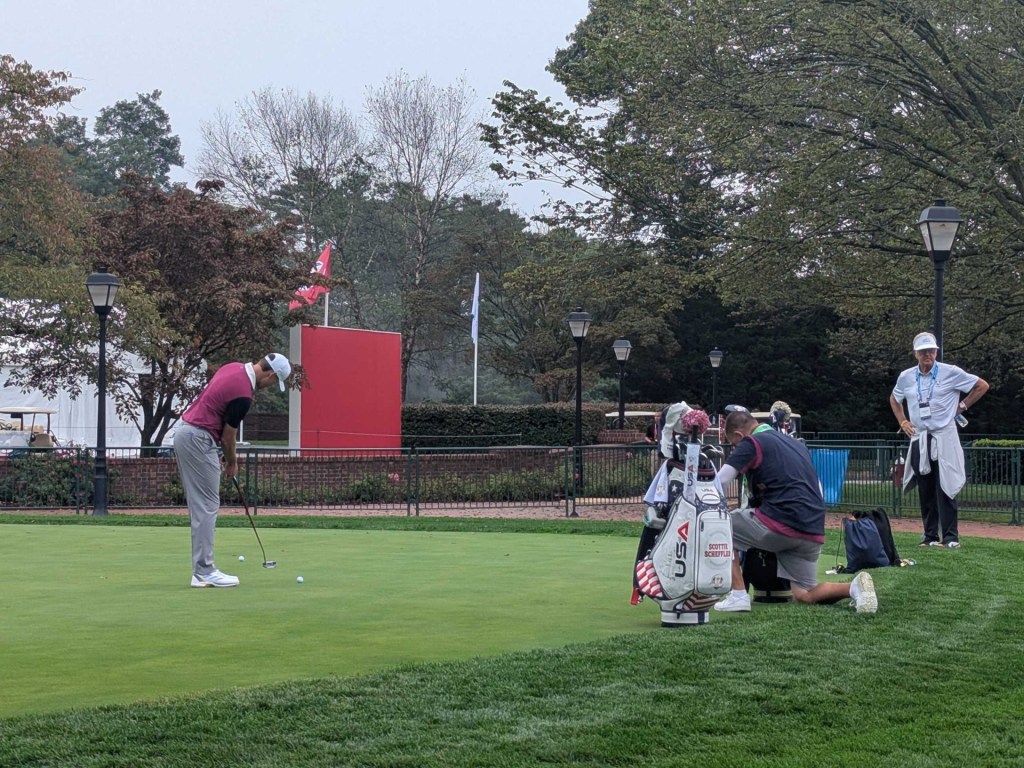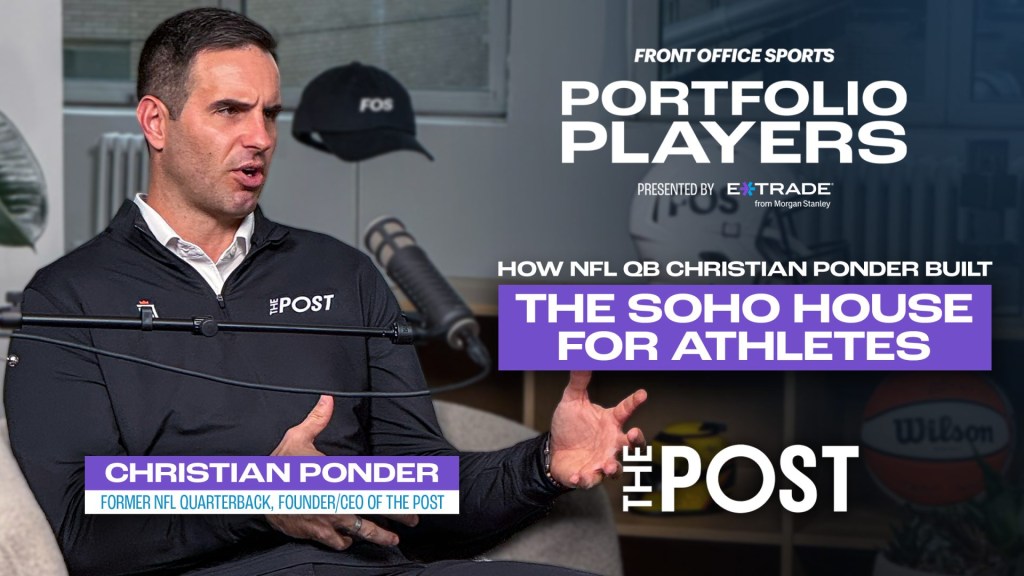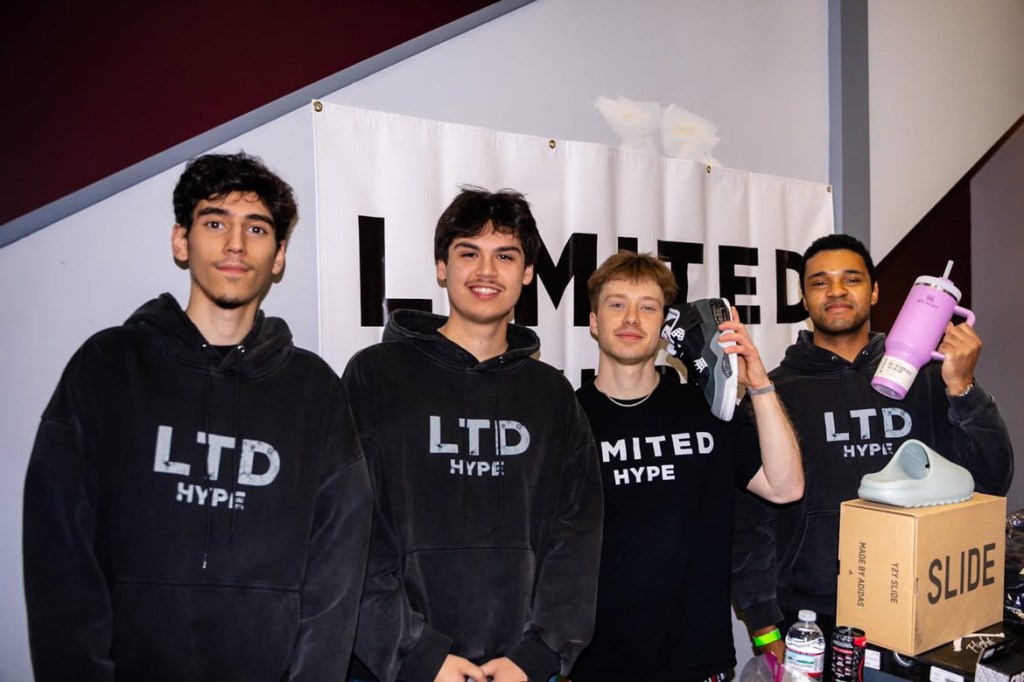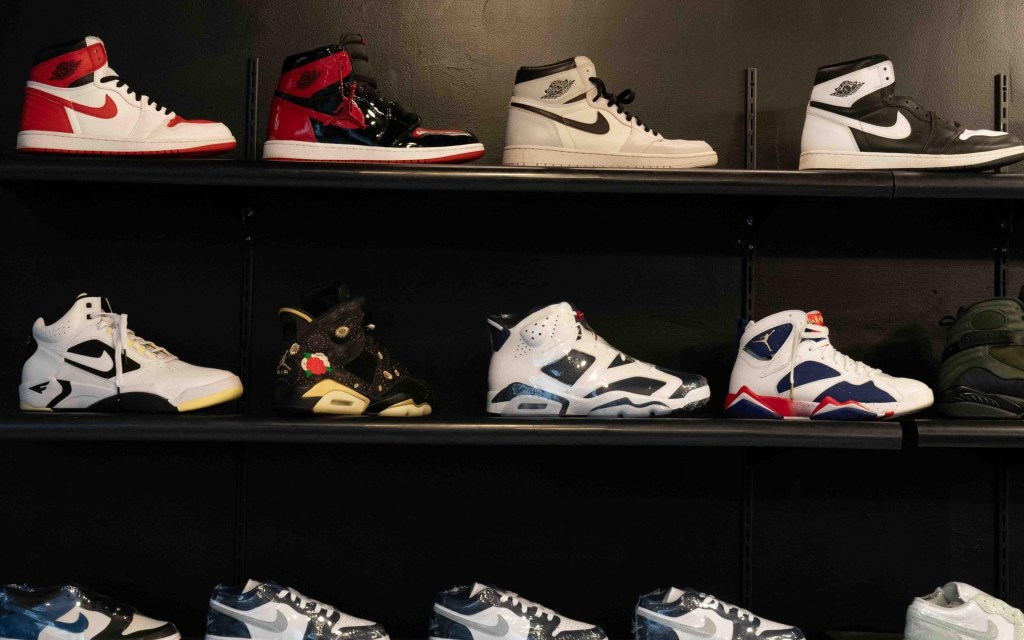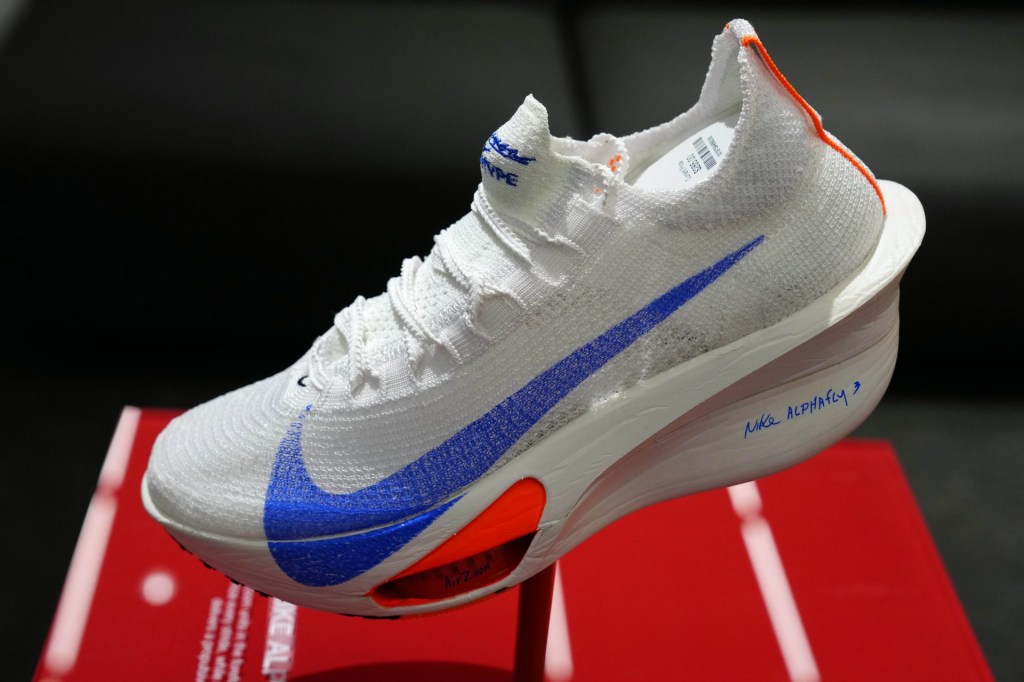With one week left until the 90-day pause on reciprocal tariffs ends, President Trump announced he struck a trade deal with Vietnam, a key manufacturing supplier for sports apparel brands.
The tariff on imported goods from Vietnam will be 20%, Trump wrote on his Truth Social platform on Wednesday, and 40% for goods coming to the U.S. via “transshipping,” which is when importers circumvent tariffs by transferring goods to another country’s ships (whose imports aren’t tariffed).
As part of the deal,Trump touted, “Vietnam will do something that they have never done before, give the United States of America TOTAL ACCESS to their Markets for Trade. In other words, they will “OPEN THEIR MARKET TO THE UNITED STATES,” meaning that, we will be able to sell our product into Vietnam at ZERO Tariff.” (While Trump says Vietnam “will pay the United States,” it is, in fact, companies that import goods to the U.S. that pay tariffs, and companies often pass on the extra cost to their customers.)
The U.S. had initially threatened 46% tariffs on goods imported from Vietnam, with similar rates for products coming from Indonesia, Cambodia, Taiwan, and South Korea. At $123.5 billion, the U.S. trade deficit with Vietnam is the third largest behind only China and Mexico, according to Morningstar. U.S. goods imported from Vietnam totaled $136.6 billion in 2024, up 19% from 2023.
The 46% tariff announcement sent shares of sportswear retailers plunging at the time.
“20% is lower than 46%, but 20% is still high,” Morningstar retail analyst David Swartz tells Front Office Sports.
Tariffs have hurt the retail industry—sportswear companies included—as many brands source goods from these countries. In its latest earnings report, Adidas said uncertainty around U.S. tariffs kept the company from updating its full-year guidance. CEO Bjorn Gulden said on the earnings call that it wasn’t planning any price increases yet, but would have to pass along increases if the currently paused tariffs end up going through.
Nike raised prices on certain items last month, but did not explicitly attribute the increases to tariffs.
Following tariffs on Chinese imports during his first term, Vietnam to a large extent replaced China as the main sourcing country for athletic footwear imports. Vietnam has become a major sourcing country for Nike, Adidas, On, and others.
“Vietnam has become the No. 1 producer of athletic footwear, so Nike, Adidas, Deckers, etc., will have extra costs,” Swartz says. “This tariff will add a few dollars to the production cost of shoes. Some of this will be absorbed by the companies themselves and their partners.”
For fiscal 2024, factories in Vietnam, Indonesia, and China manufactured approximately 50%, 27%, and 18% of total Nike footwear, respectively, according to its latest annual report. All of Under Armour’s footwear products were manufactured by “nine primary contract manufacturers, operating primarily in Vietnam, Indonesia, and China,” in 2024, the company said in its annual report. Lululemon also counts Vietnam as its top supplier.
Lululemon shares were up more than 1% following the news, while Nike shares rose 3%, and Under Armour rose 2.2%. Adidas was up less than 1%.
Even revised to 20%, “I expect that the apparel and footwear industry will fight back against this tariff,” Swartz says. “Given that these trade deals don’t seem to be permanent at all, I wouldn’t necessarily expect the 20% tariff to hold.”
